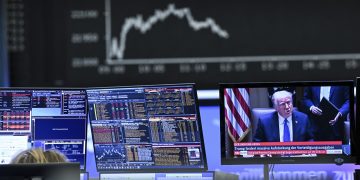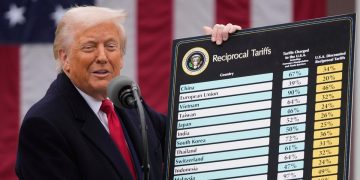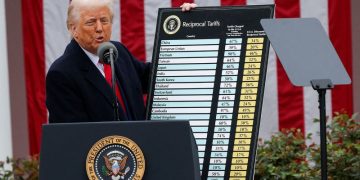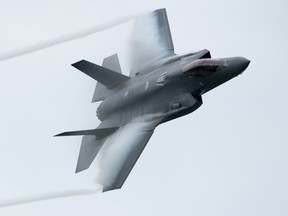In 2018, President Trump imposed tariffs on some goods imported from China. Later that year China imposed duties of 178 per cent on Sorghum imports from the USA. The US-China trade war escalated, and relations between the two countries have continually worsened.
The Covid-19 pandemic from 2019, the Russian invasion of Ukraine in 2022, and the heightened tensions around Taiwan have expanded what was previously largely a China-US economic issue to become a wider risk of “de-globalisation”.
In 1995 New York Times journalist Thomas Friedman wrote that “the world is flat”. Friedman described a new phase of globalisation that involved a massive expansion of global Internet broadband connectivity, an explosion of communications as well as web search software, and the growth of outsourcing across huge distances. This convergence occurred around 2000 and facilitated the ability to deliver intellectual work from almost anywhere in the world. These changes levelled the playing field for developing countries such as China and India, which Friedman went on to describe as the “world is flat”.
Globalisation has evolved for centuries as trading links between countries have developed and logistics improved. For several decades before 2000, globalisation was more about companies seeking lower labour costs as well as new markets for products and services, especially in China and other countries in Asia. After 2000,…

























































